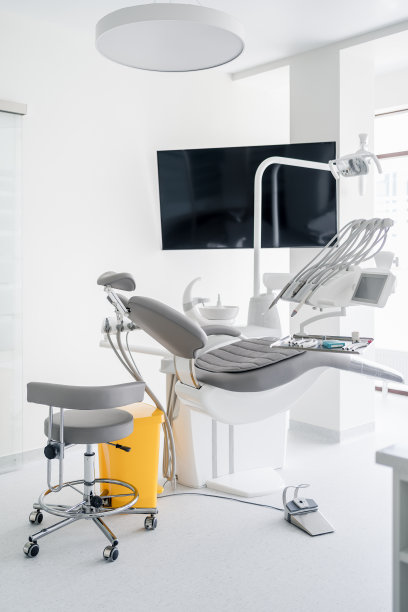The Essential Guide to Preparing for a Tooth Extraction Procedure and Recovery Tips You Need to Know
Summary: Preparing for a tooth extraction can be daunting, but understanding the process and recovery can ease your anxiety significantly. This guide provides essential insights into what to expect before, during, and after the procedure. We will cover the preparation steps, the extraction process itself, tips for managing recovery, and the importance of follow-up care. Equipped with this knowledge, you can ensure a smooth experience and quick healing, allowing you to get back to your routine without complications.
1. How to Prepare for Your Tooth Extraction

Preparing for a tooth extraction starts with a consultation with your dentist. This meeting is crucial for discussing your health history and for undergoing examinations that may include X-rays. Your dentist will assess the tooth that needs to be extracted and inform you of potential risks along with the type of anesthesia suitable for your case. It is essential to be thorough and open about your medical conditions and any medications you take.
Next, consider your logistics for the day of the procedure. Arrange for someone to drive you home, especially if you will receive sedation or general anesthesia. Additionally, plan to have someone stay with you for the first few hours after surgery, as you may feel disoriented or uncomfortable. It’s also wise to avoid drinking alcohol or smoking leading up to the appointment to promote optimal healing.
Lastly, stock your home with soft foods and medications that may be recommended by your dentist, such as ice packs and pain relievers. Having these items readily available will make your recovery phase more manageable and comfortable, allowing you to focus on healing.
2. Understanding the Extraction Procedure
During the tooth extraction, you will be seated in a dental chair where the dentist will administer anesthesia to numb the area around the tooth. This anesthesia can come in the form of local anesthesia, sedation, or even general anesthesia, based on the complexity of the extraction and your anxiety levels. Once the area is numb, the dentist will carefully loosen the tooth and extract it using specialized instruments.
The extraction process may vary based on whether the tooth is fully erupted or impacted. If the tooth is impacted, the dentist may need to make a small incision in the gum to remove it. Regardless of the complexity, the dentist will be skilled in minimizing discomfort and guiding you through the experience.
Expect some pressure during the extraction; however, you should not feel pain. After the tooth is removed, the dentist will provide you with instructions on how to care for the extraction site, emphasizing the importance of control over bleeding and avoiding dislodging the blood clot that forms in the socket.
3. Tips for Managing Recovery After Extraction
Recovery after a tooth extraction typically includes a combination of home care and following your dentist’s post-operative instructions. The first 24 hours are crucial; avoid vigorous activities and take prescribed medications as directed to manage pain and inflammation. Using an ice pack on the outside of your cheek can help reduce swelling during this initial recovery period.
Diet is also a crucial aspect of recovery. Stick to soft foods like yogurt, applesauce, and mashed potatoes for the first few days. Avoid hot liquids, spicy foods, or anything that may irritate the extraction site. Staying hydrated is important, but remember to drink liquids through a straw carefully, as this can disturb the healing process.
Monitor your recovery closely. If you notice excessive bleeding, signs of infection such as fever or pus, or increasing pain that does not subside with medication, contact your dentist immediately. Keeping your dentist informed ensures that you can address any complications early on, leading to a smoother healing journey.
4. Importance of Follow-Up Care
After your extraction, scheduling a follow-up appointment with your dentist is vital for ensuring proper healing. This visit allows your dentist to assess the extraction site and remove any stitches if necessary. It’s also an opportunity to address any questions or concerns that may have arisen during your recovery.
Follow-up care is not only about assessing healing but also involves preventative measures for your overall dental health. Your dentist may provide additional guidance on how to prevent future dental issues, including tips on oral hygiene and potential treatments for other concerns.
Moreover, establishing clear communication with your dentist during these follow-up visits helps build a supportive relationship, which is essential for any future dental needs. Remember, proactive dental care and follow-ups contribute to your long-term health and decrease the likelihood of needing further extractions.
Summary:
In summary, preparing for a tooth extraction involves understanding the procedure, managing recovery effectively, and ensuring prompt follow-up care. By preparing your logistics, understanding the process, managing your recovery wisely, and maintaining a relationship with your dentist, you can navigate through your dental concerns successfully. Take control of your dental health journey with informed choices.
This article is compiled by Vickong Dental and the content is for reference only.



